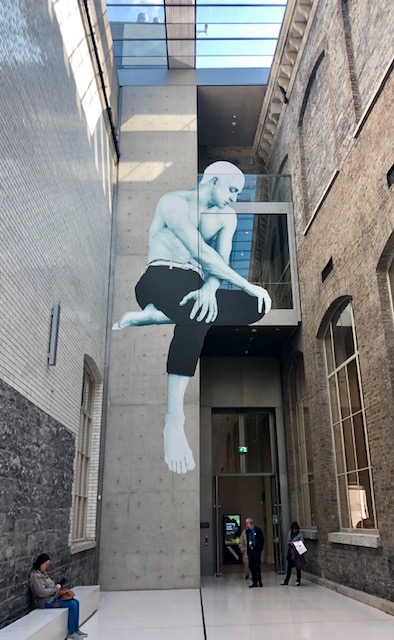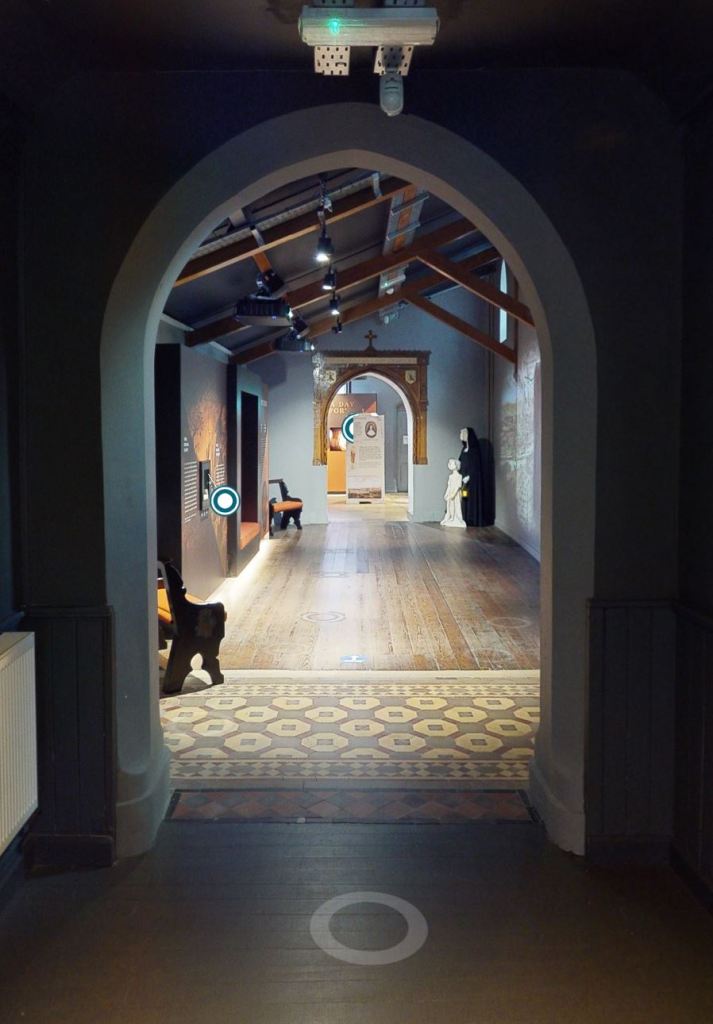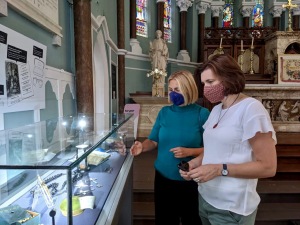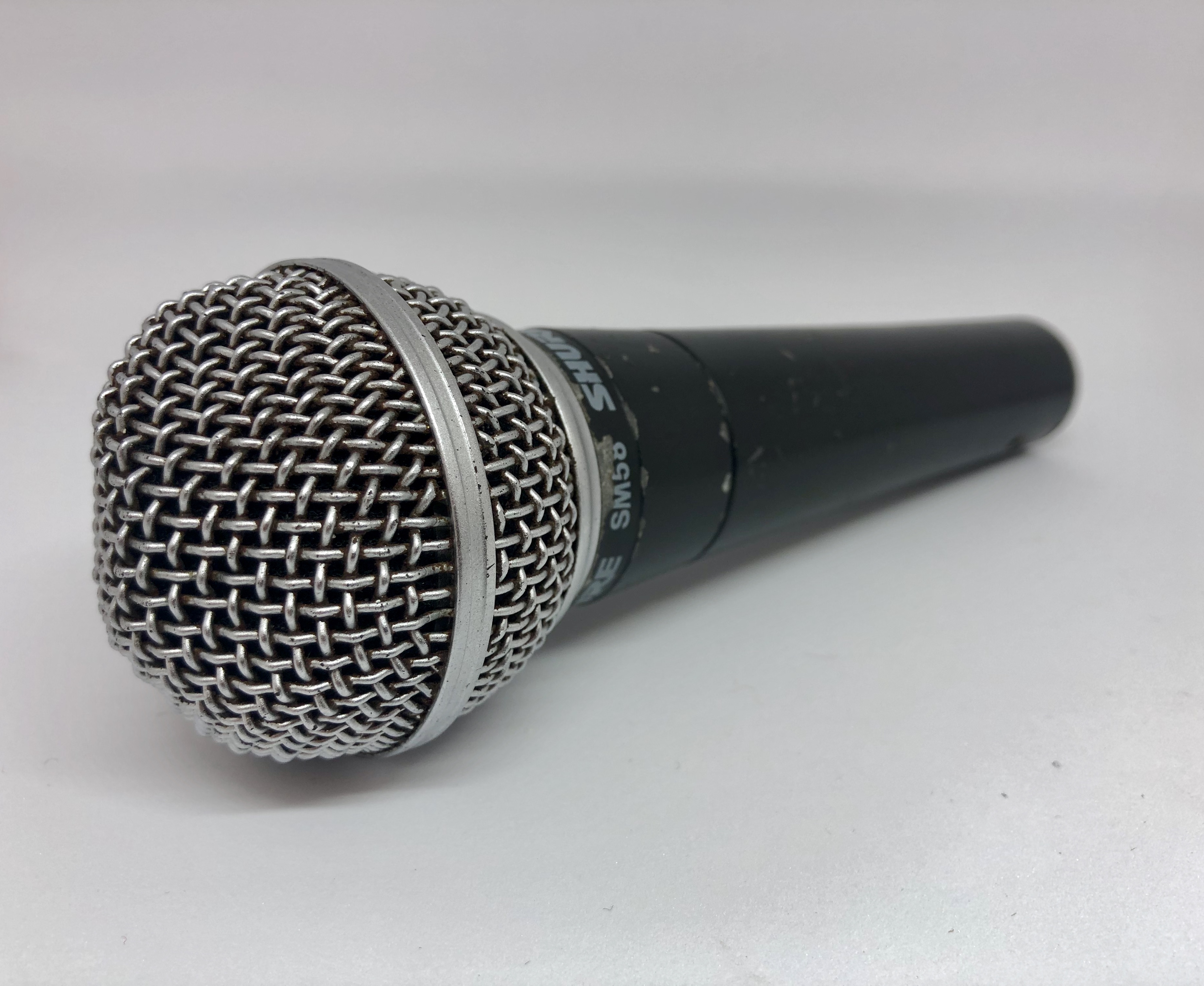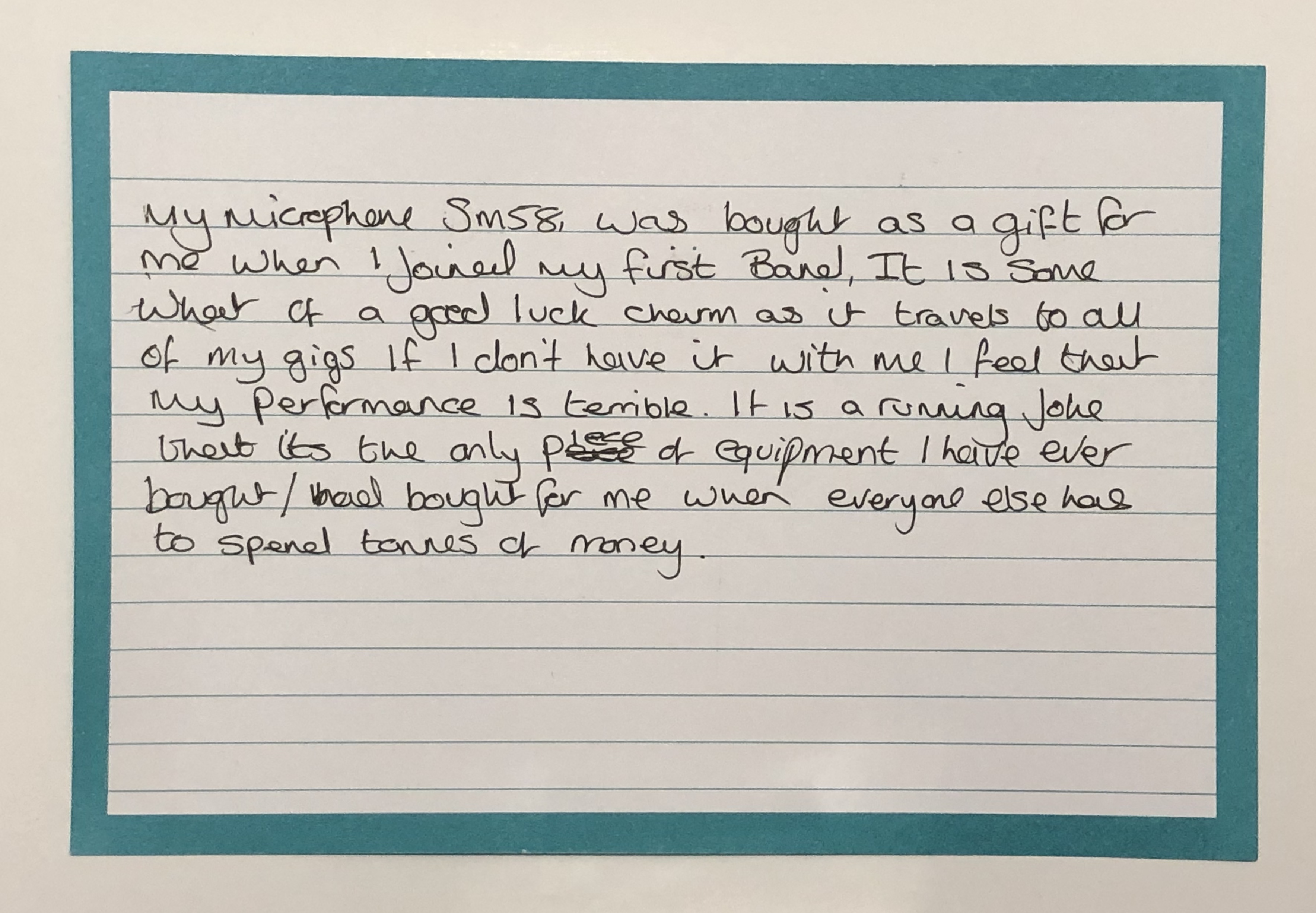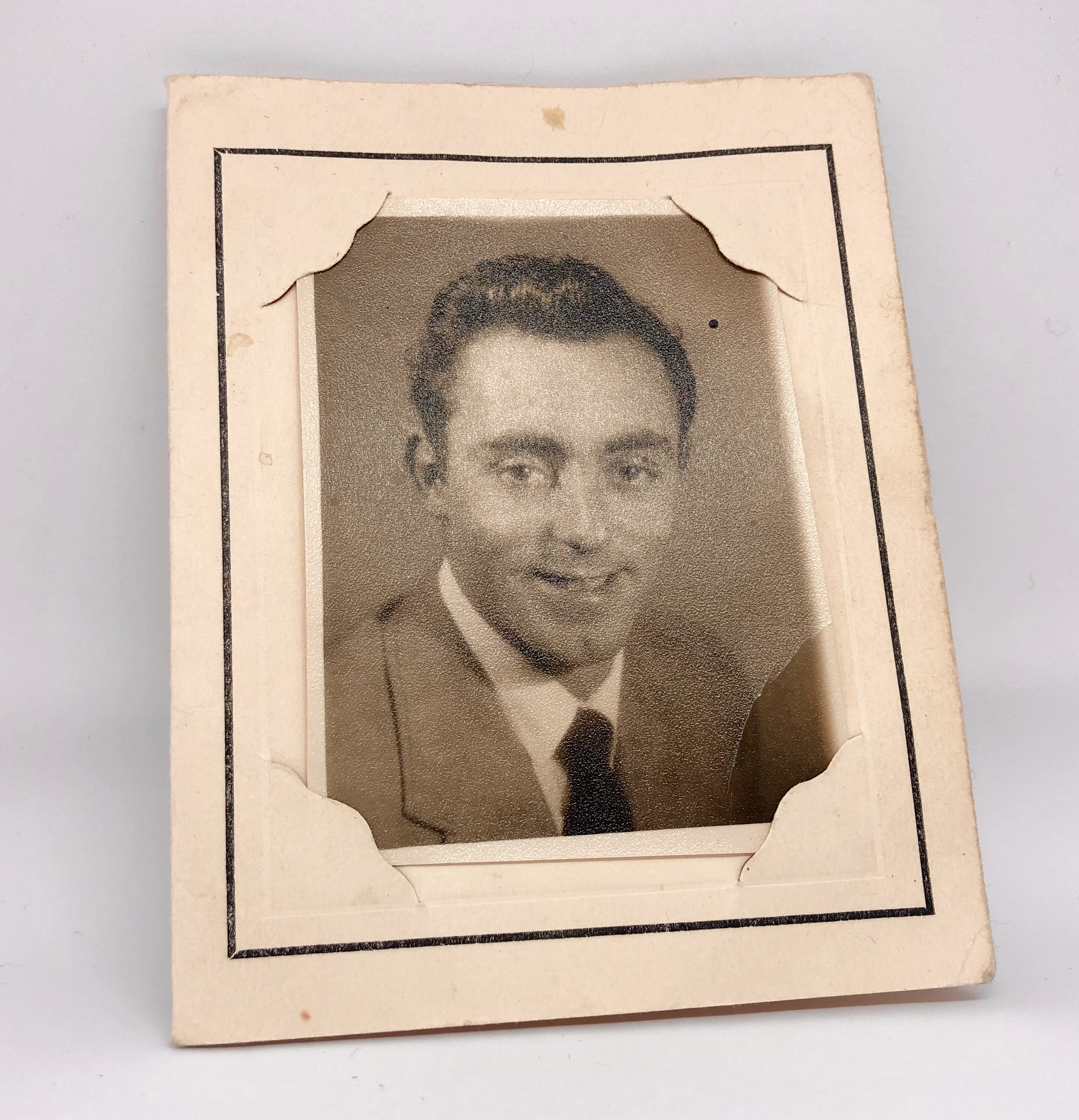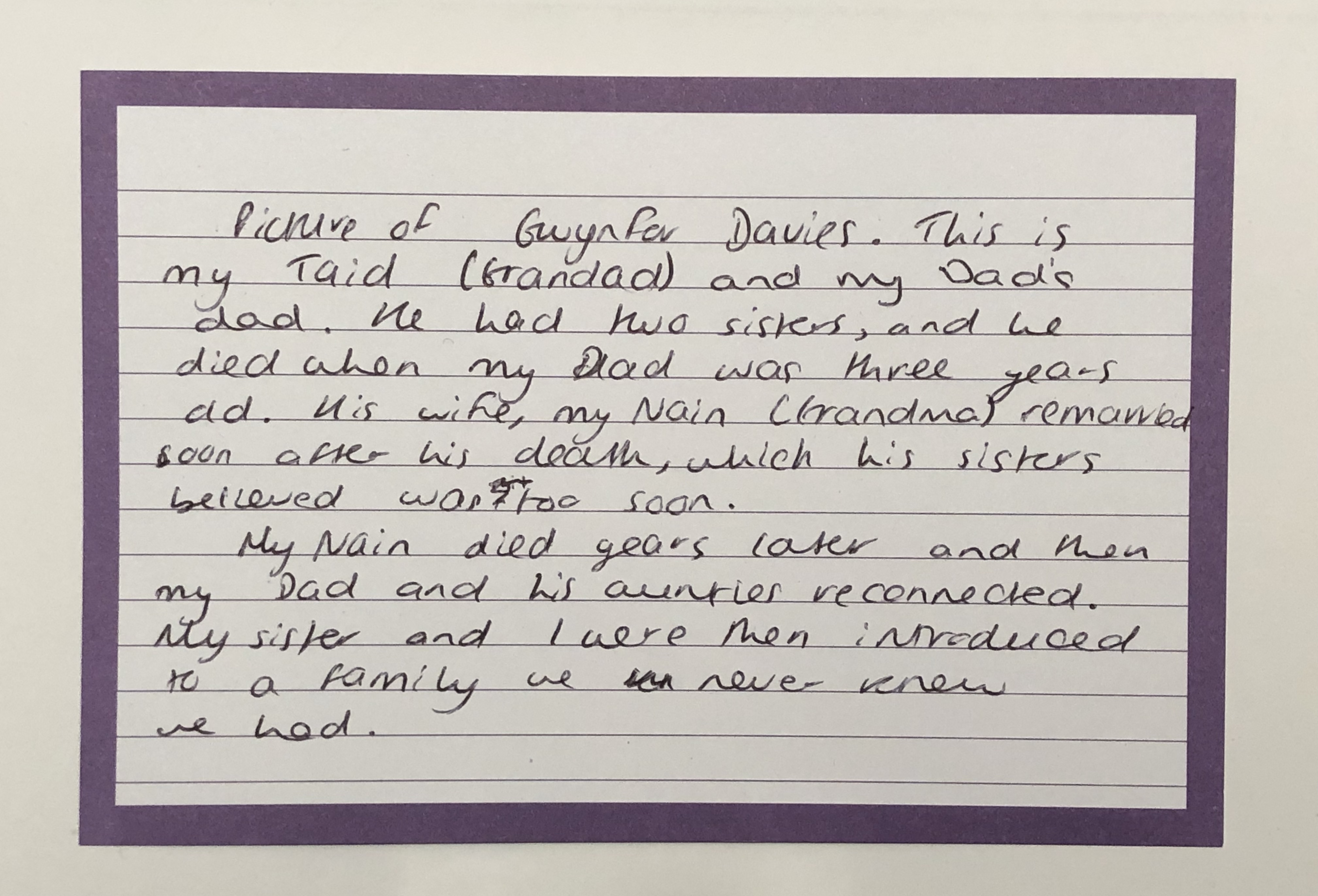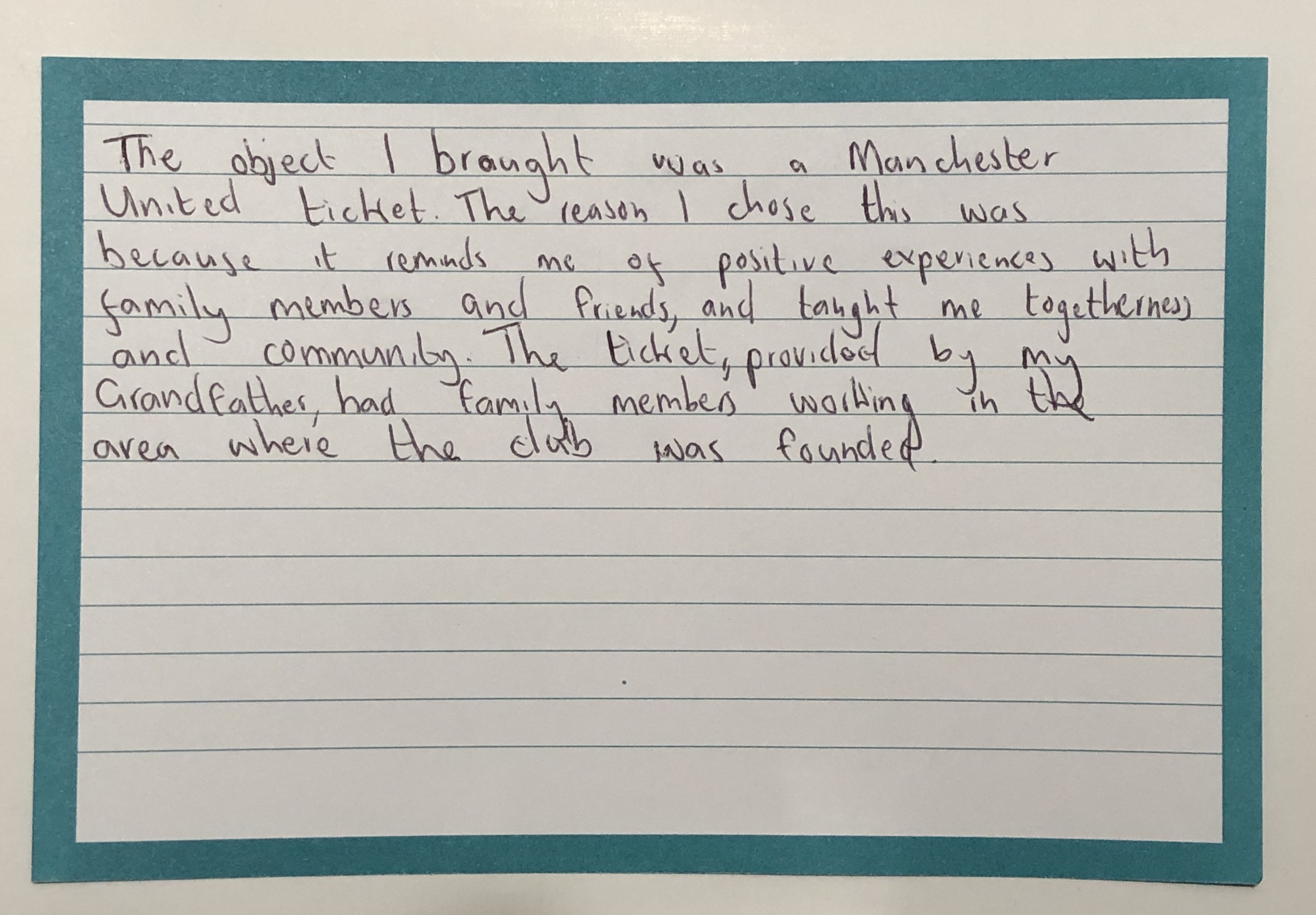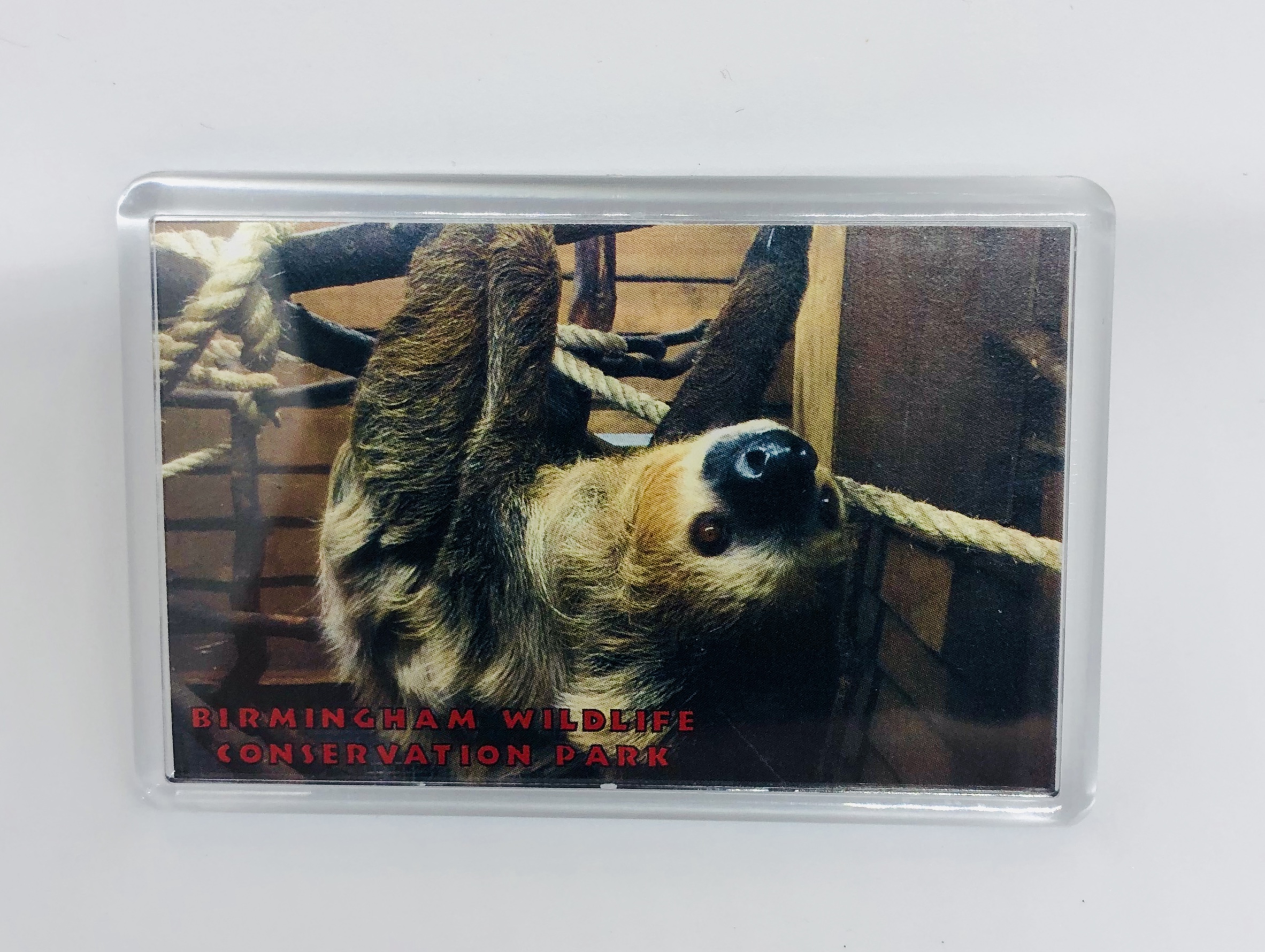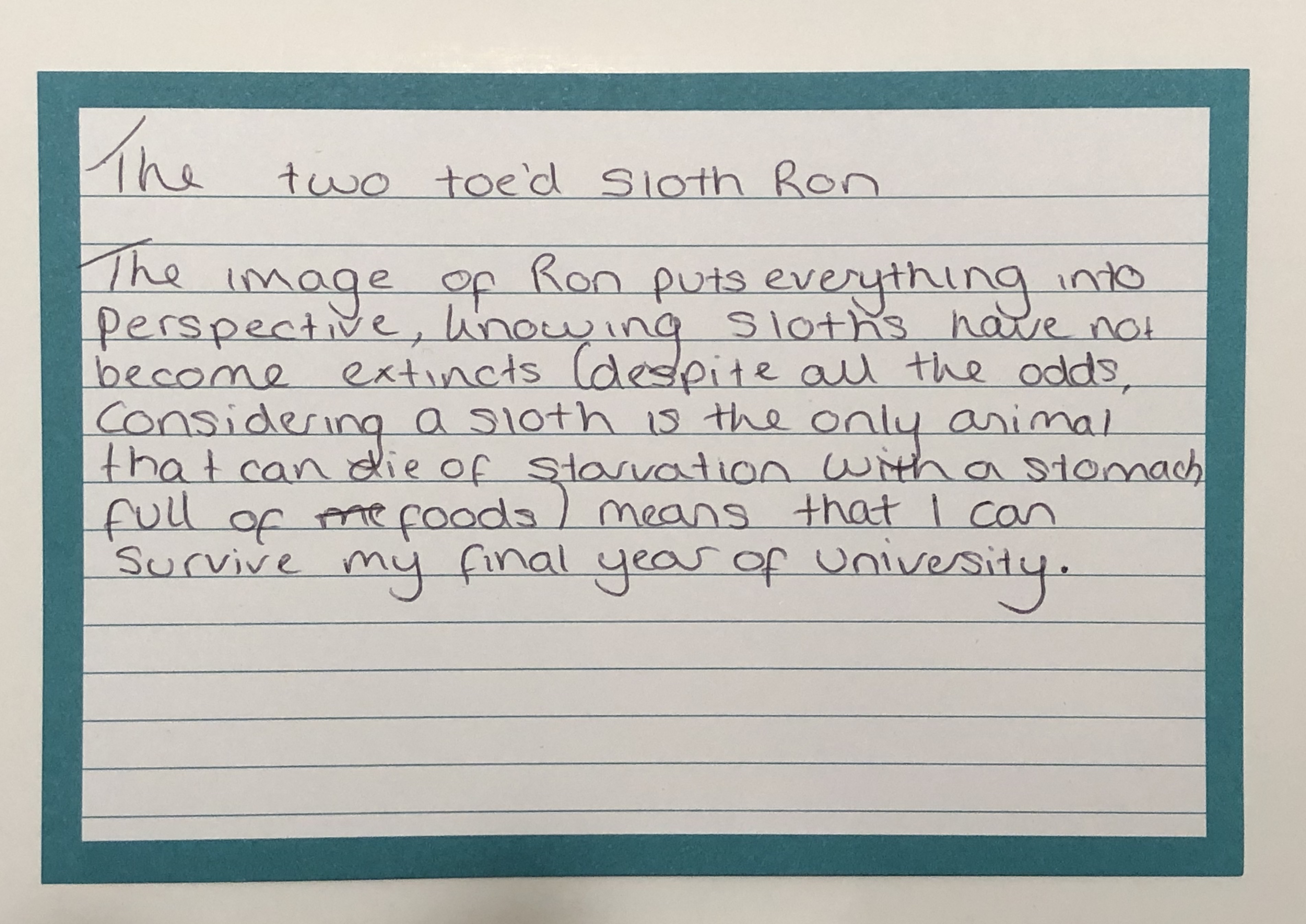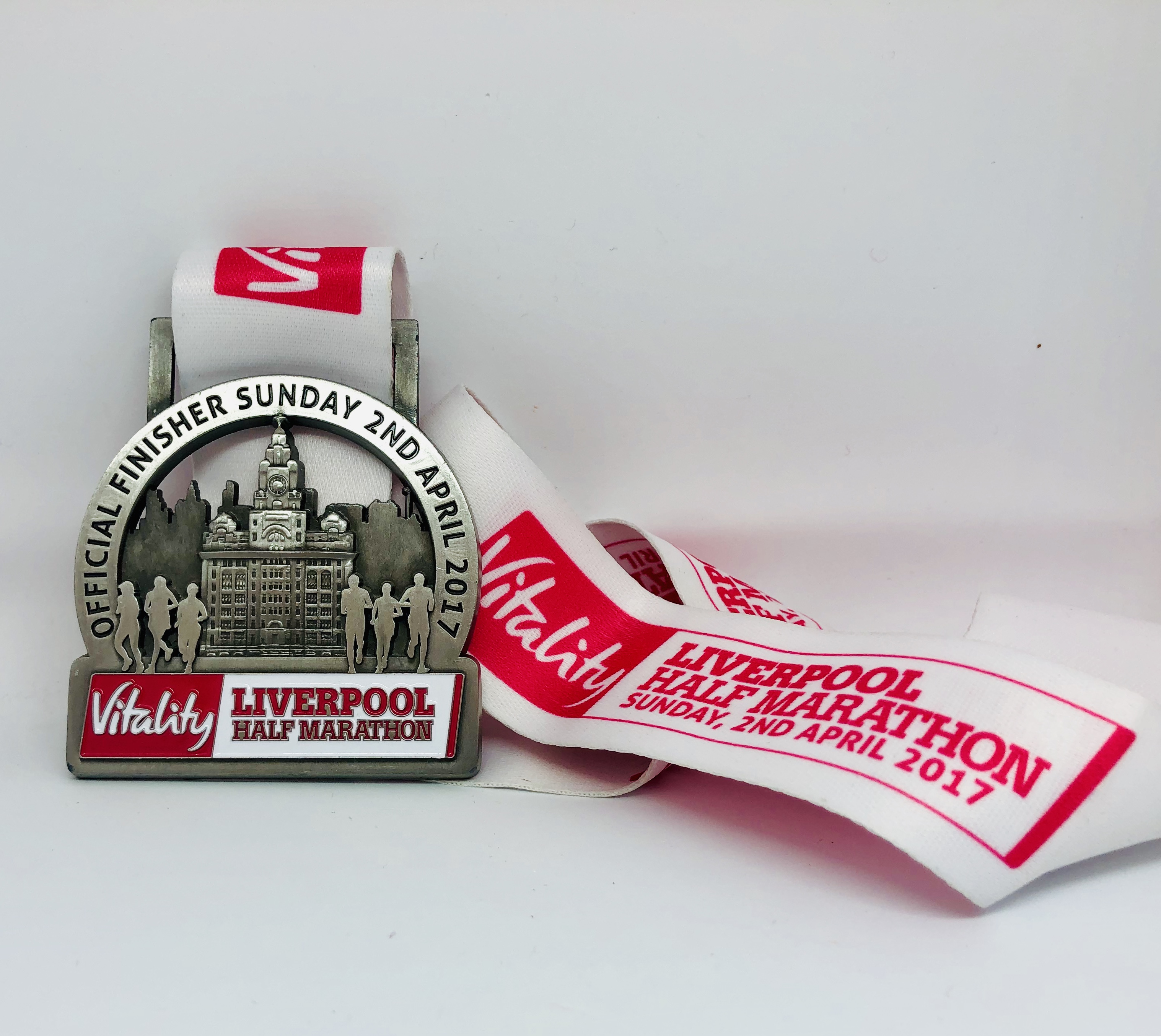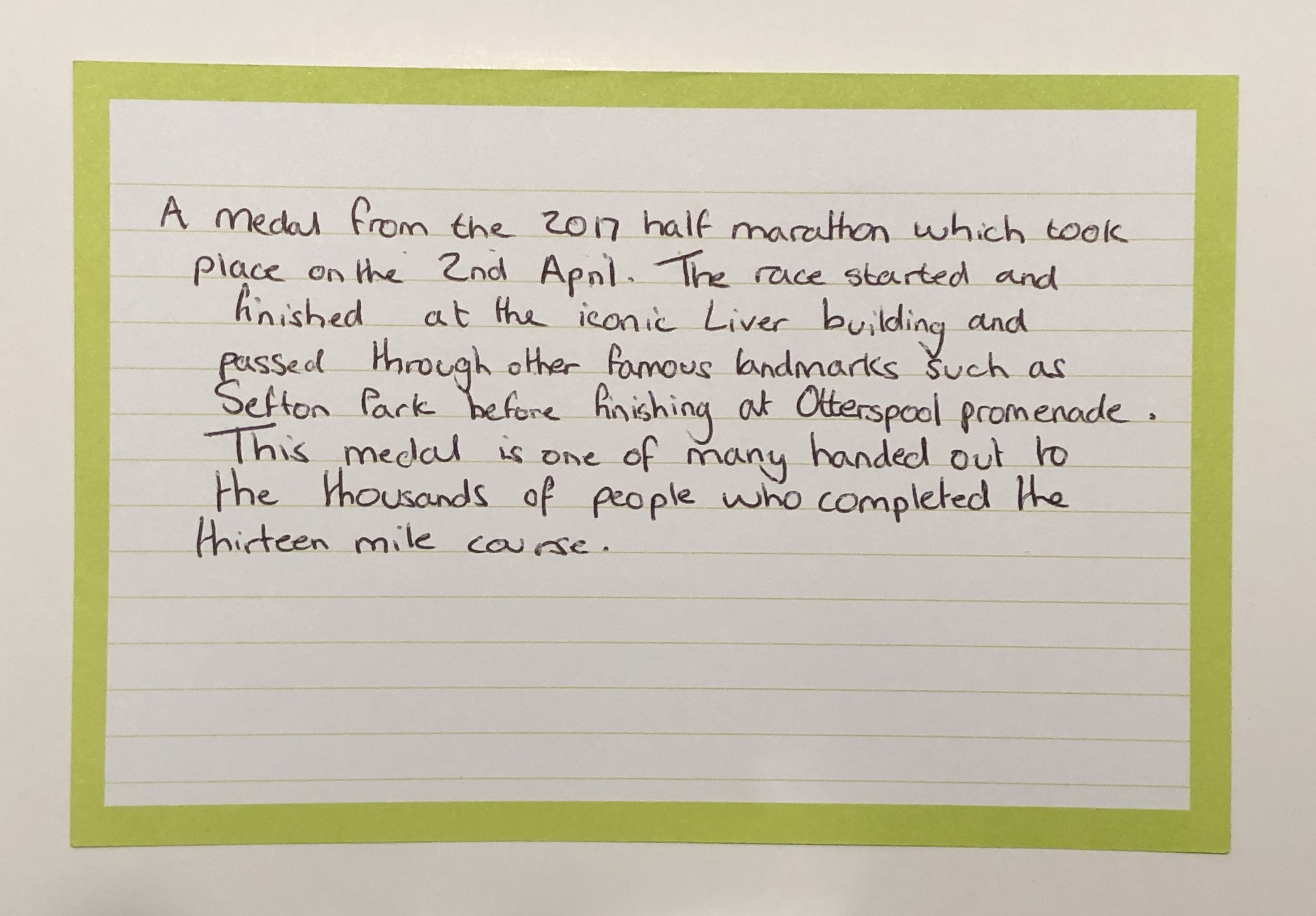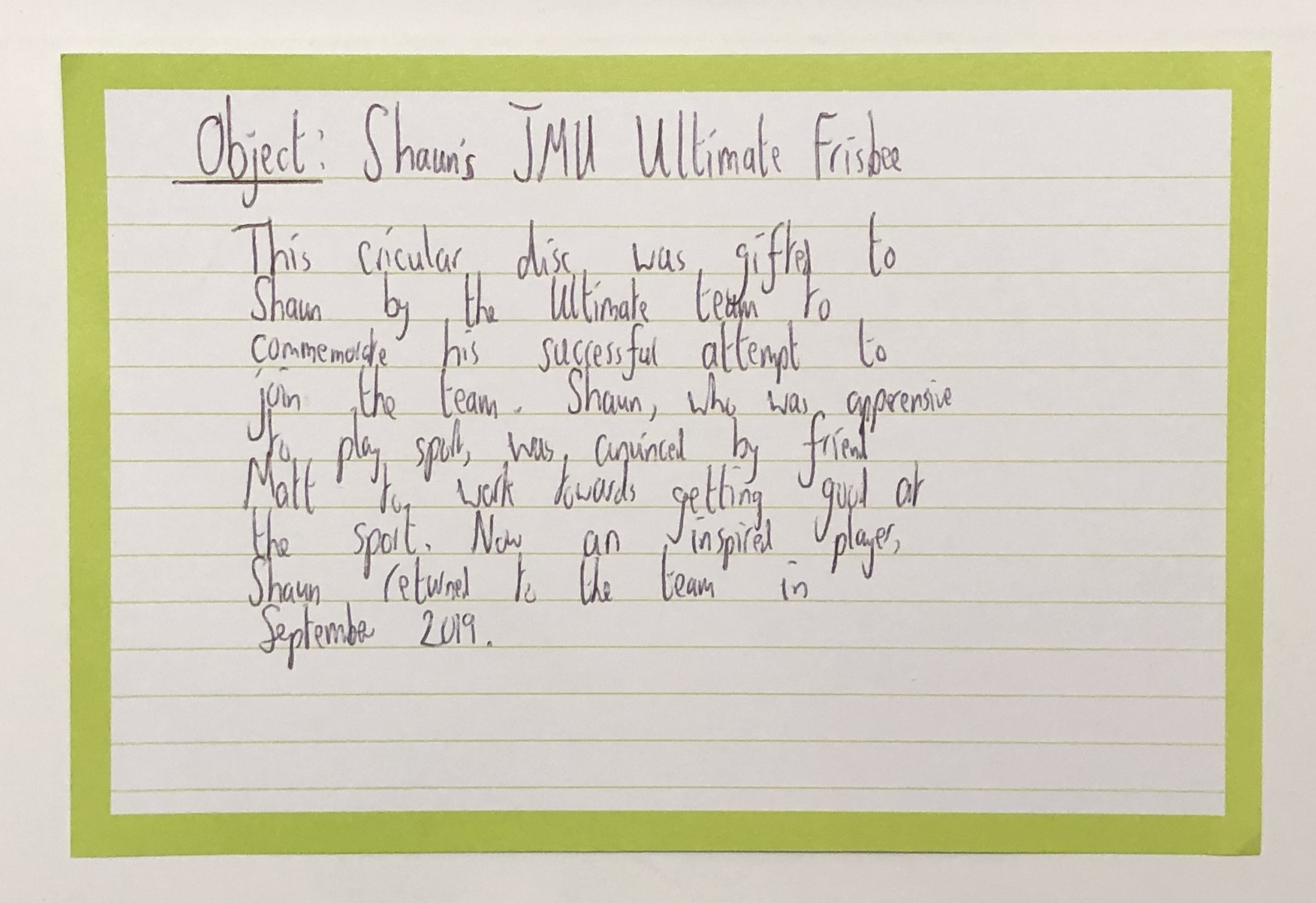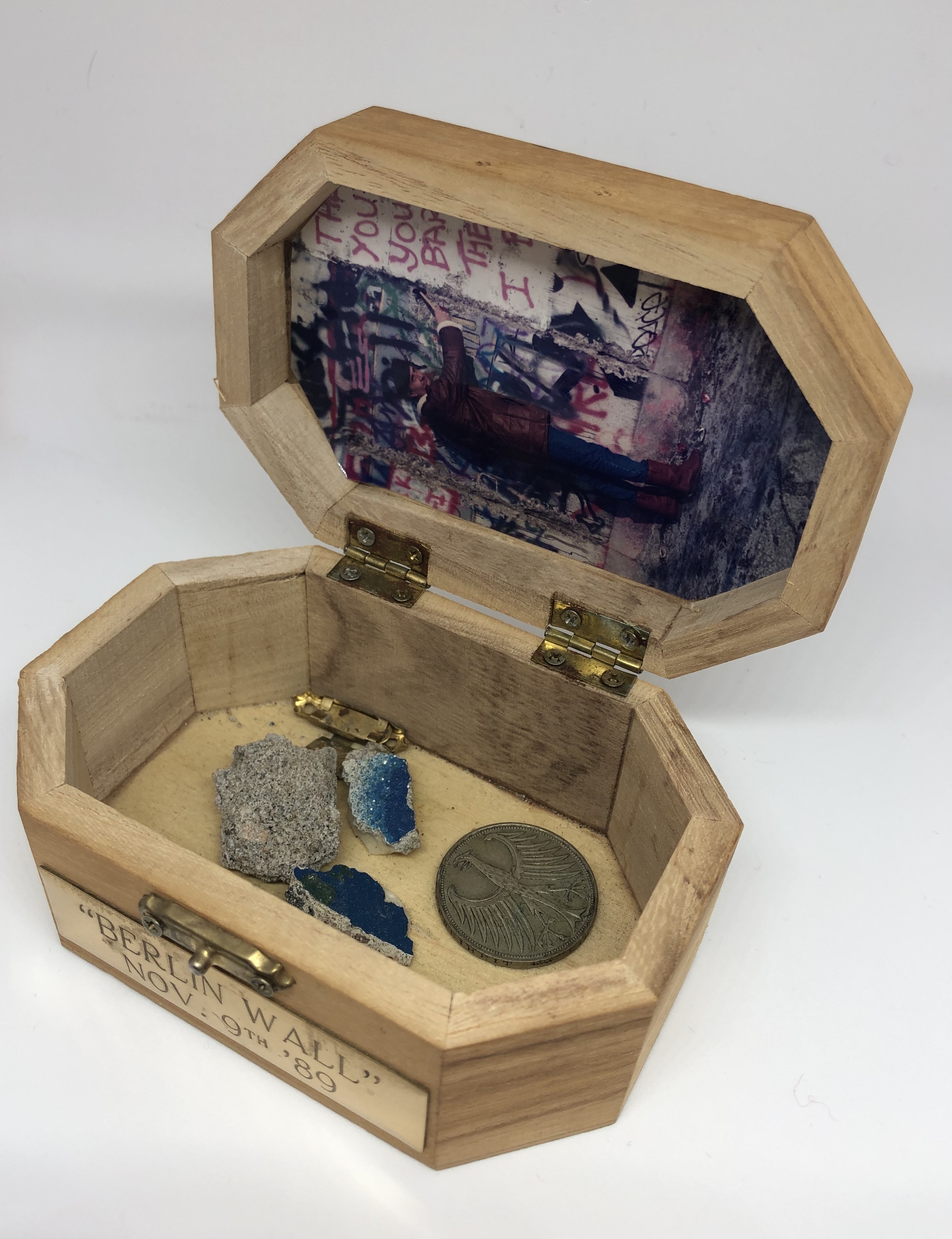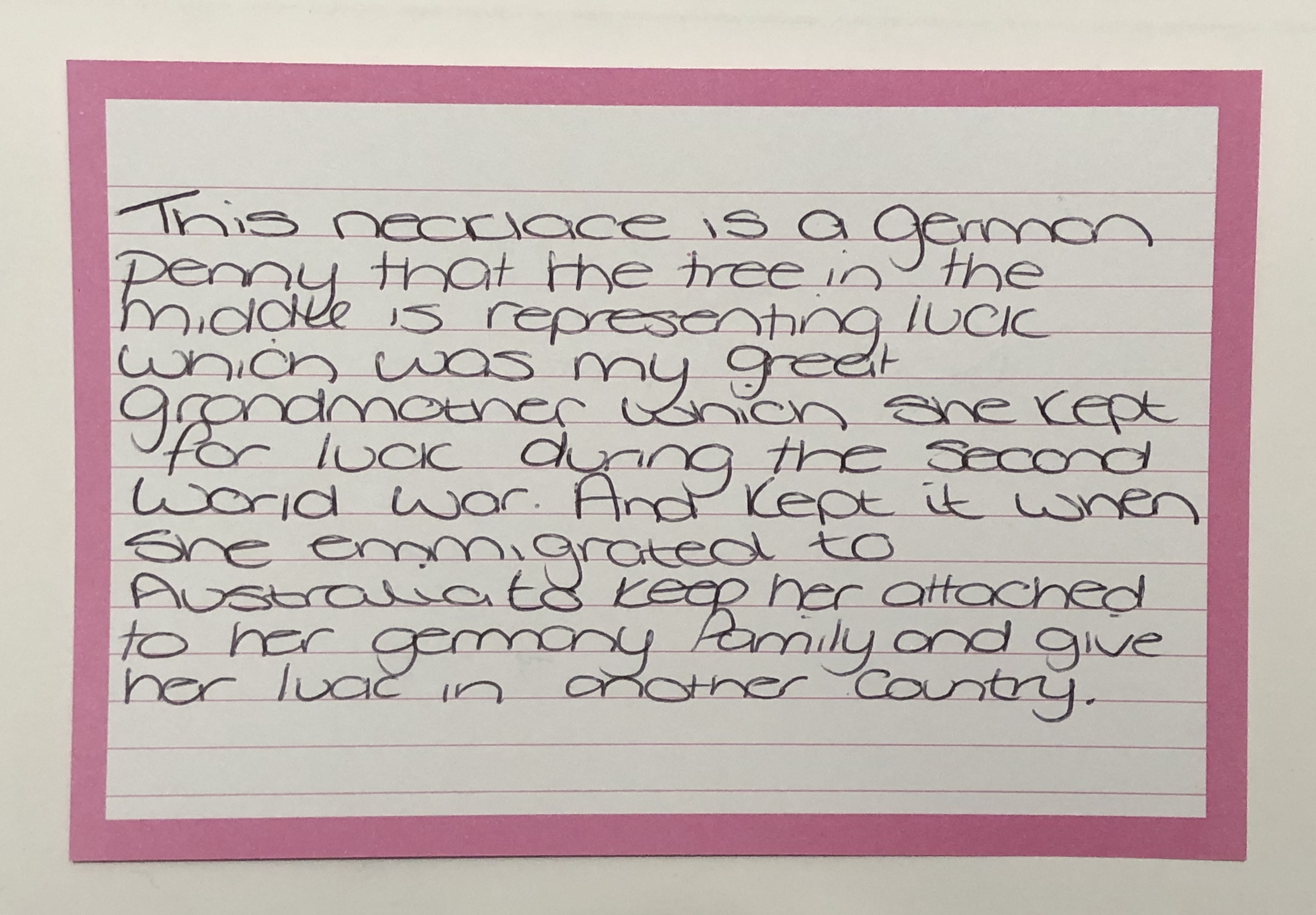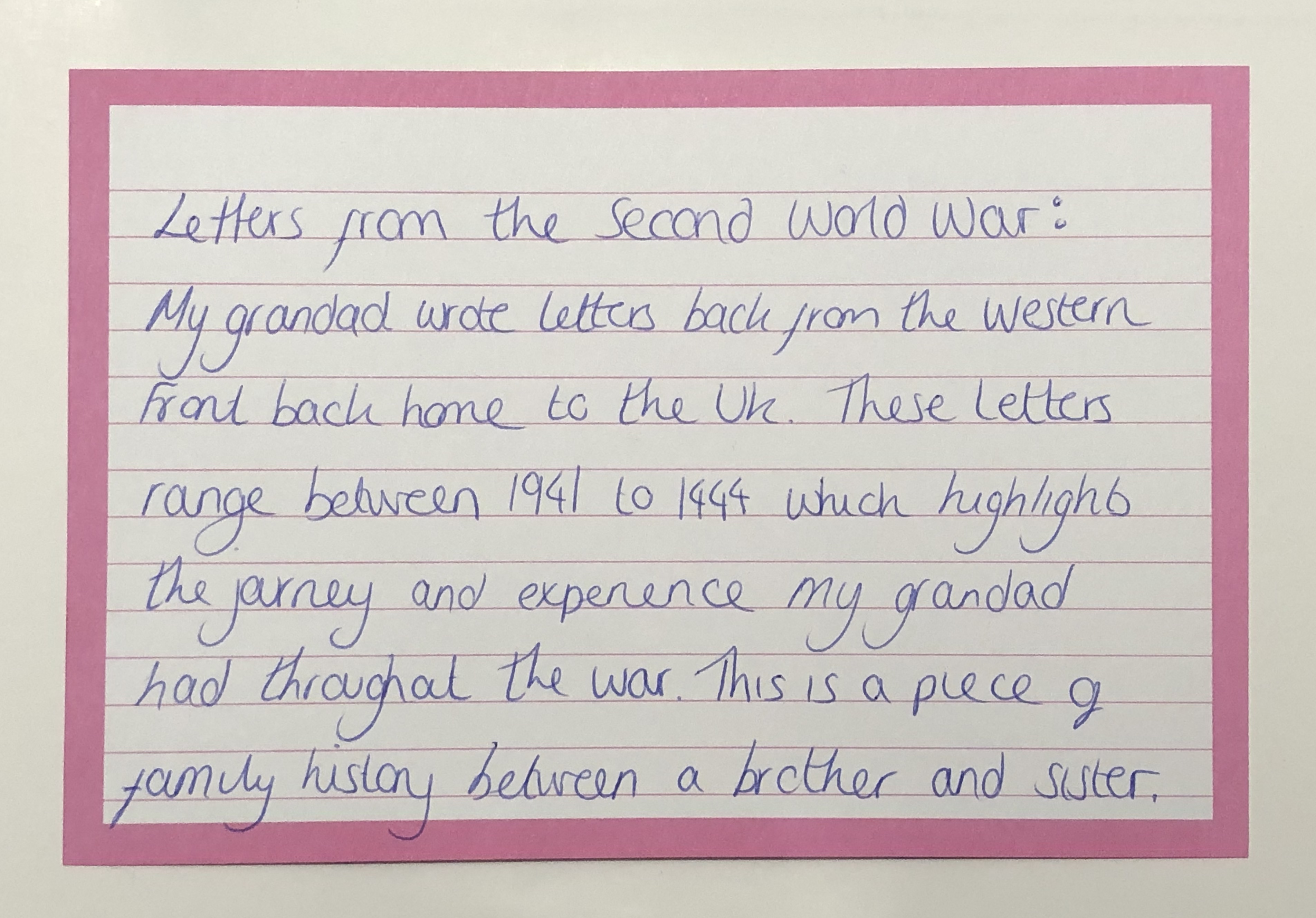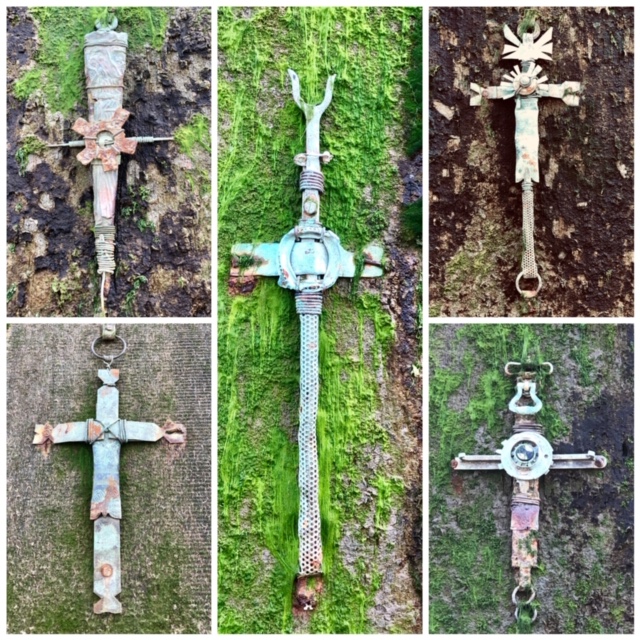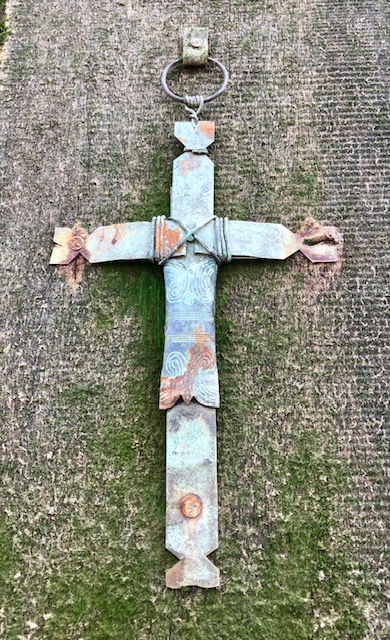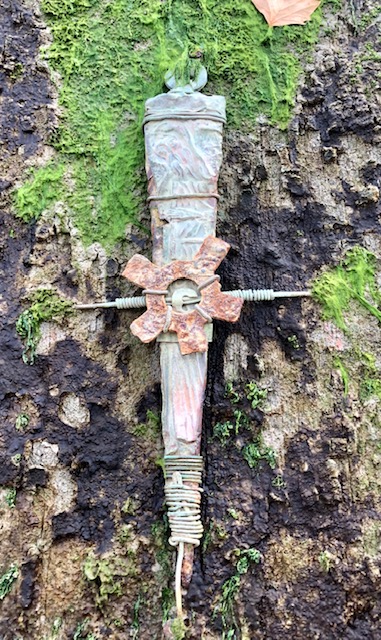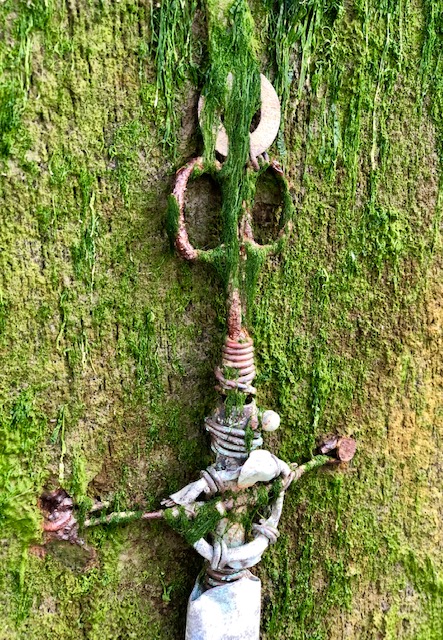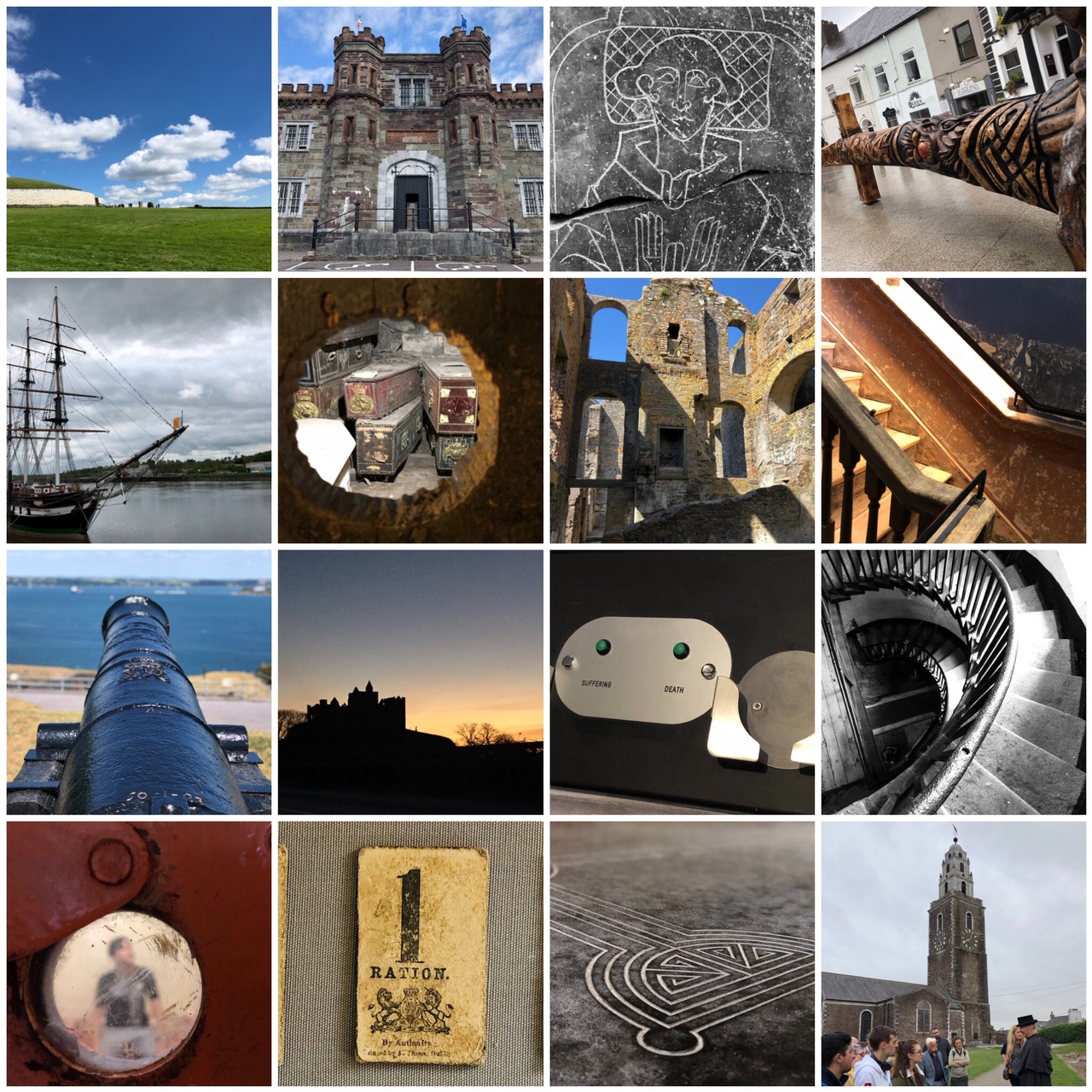
I’ve been writing about some of my most memorable museum and heritage sites recently and was curious as to what other people remembered about their trips to museums, galleries and historic sites.
The responses were fantastic and ranged from memorable childhood visits to seeing something inspirational (and in some cases those childhood visits have really impacted on later career paths)
I’ve done lists about some of my favourite museums and heritage sites before but here’s another list as suggested by other folk. It’s eclectic and people chose them for all sorts of reasons, but I reckon there’s something for everyone here!
These are in no particular order – the first ones listed are places I’ve been to recently and have photos of! Go see the places that others have found inspirational. Other sites were suggested, but I haven’t been to see them yet – I’ve got a list to visit and photograph so no doubt they’ll appear at some stage.
My choice was Kilmainham Gaol.
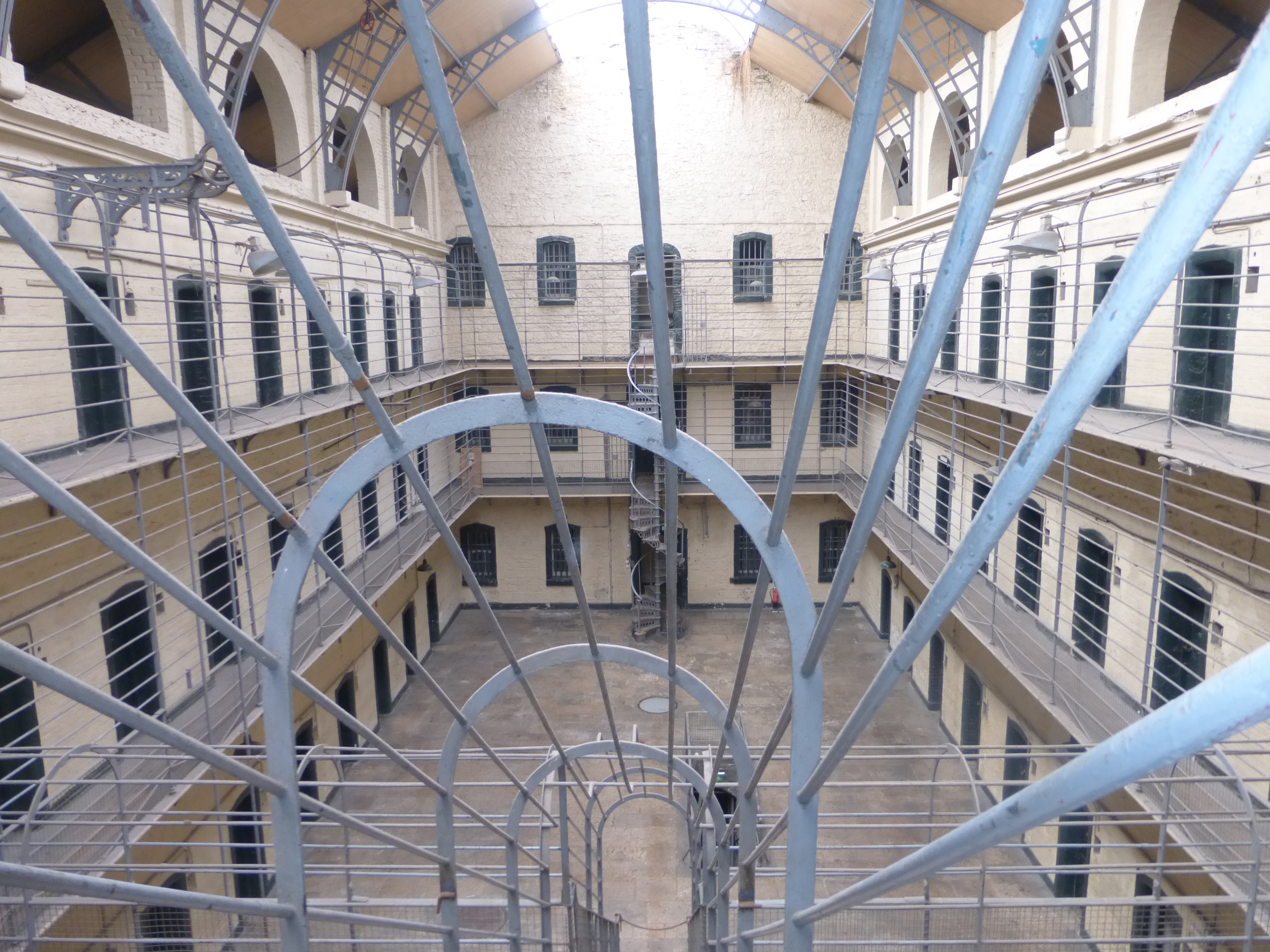
I’ve been going there for years and I never tire of it. But it was my first visit as an 8 or 9 year old that was most memorable. I remember the excitement of seeing place that I thought was forbidden and I remember being told the story of Anne Devlin, Robert Emmet’s housekeeper. She was arrested, imprisoned and tortured following the 1803 Rebellion, but she refused to tell the authorities where Emmet was. I think it was the first time I heard a story about a woman in Irish history and I was completely captivated by it.
Rock of Cashel
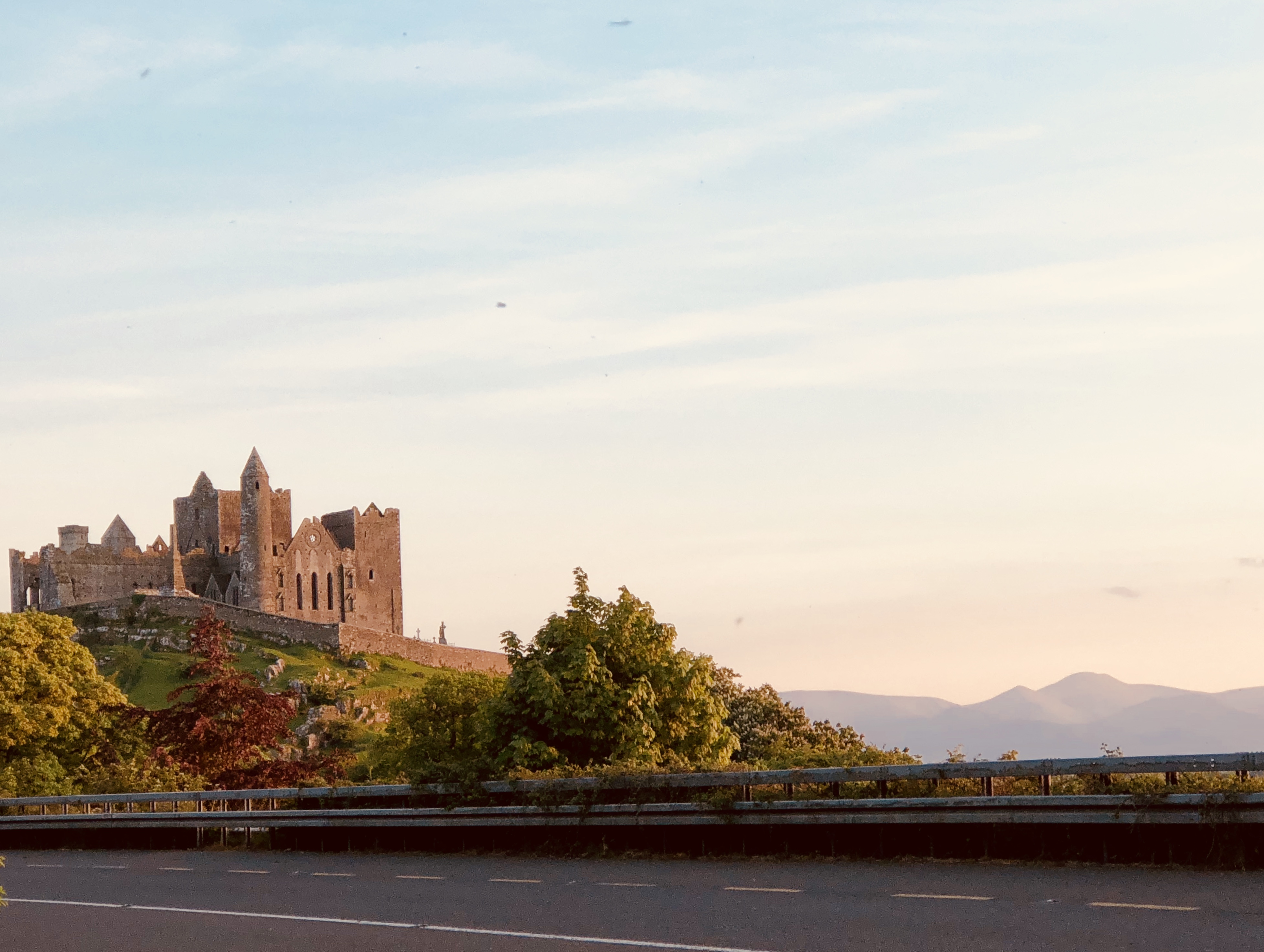
Some people were lucky enough to have been able to go to the top of the Cathedral Tower…sadly it’s no longer accessible to the public, but there’s still Cormac Chapel to see and all sorts of tales to be told.
Wicklow Jail
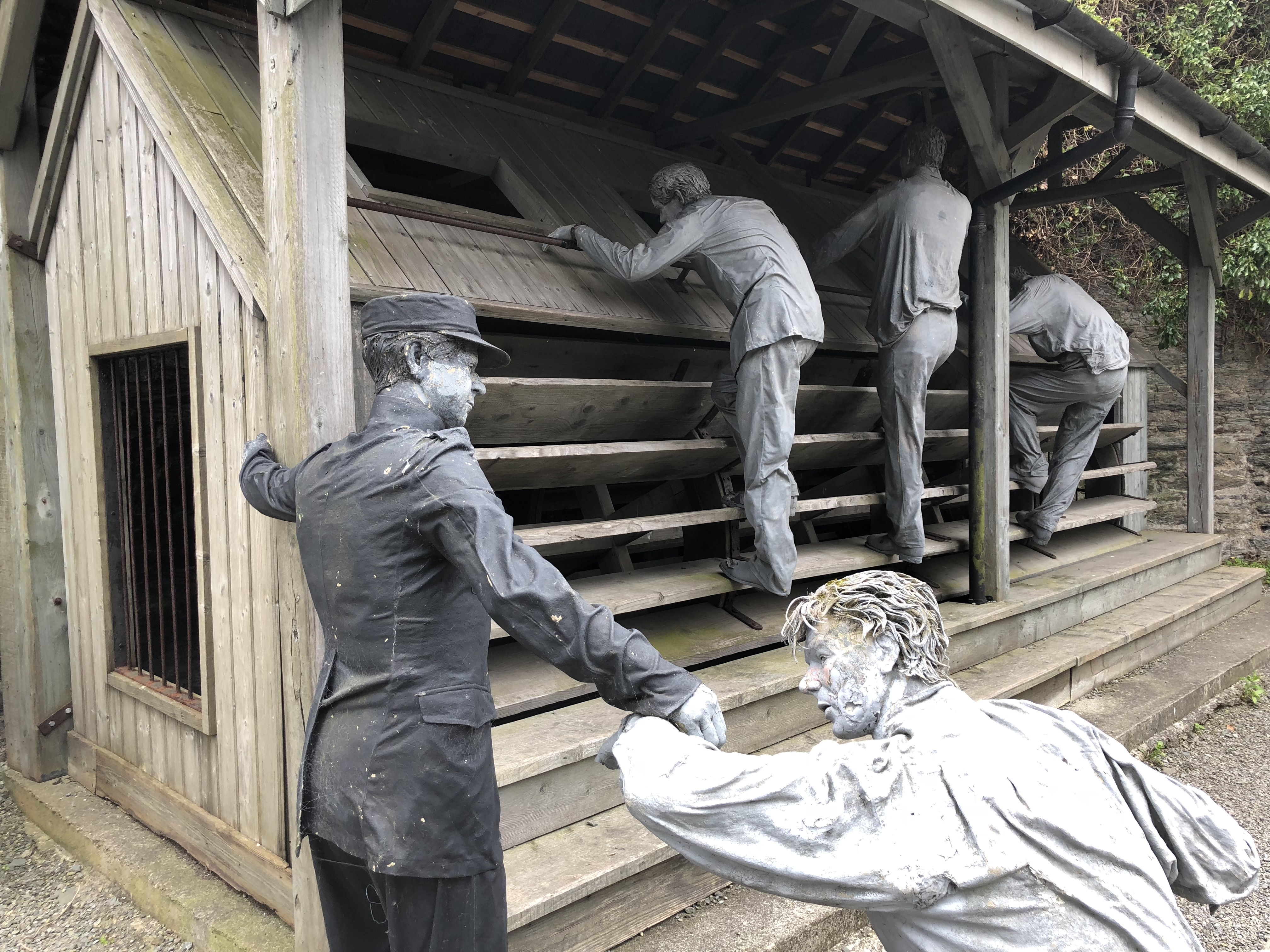
Treadwheel in Wicklow Jail
The jail building dates from the mid-nineteenth century and there’s lots of information about the 1798 Rebellion and the history of prisons in Ireland. I particularly like the rather ghostly prison warden (and dislike the panel about Irish slavery which is inaccurate).
St Oliver Plunkett’s head in Drogheda.
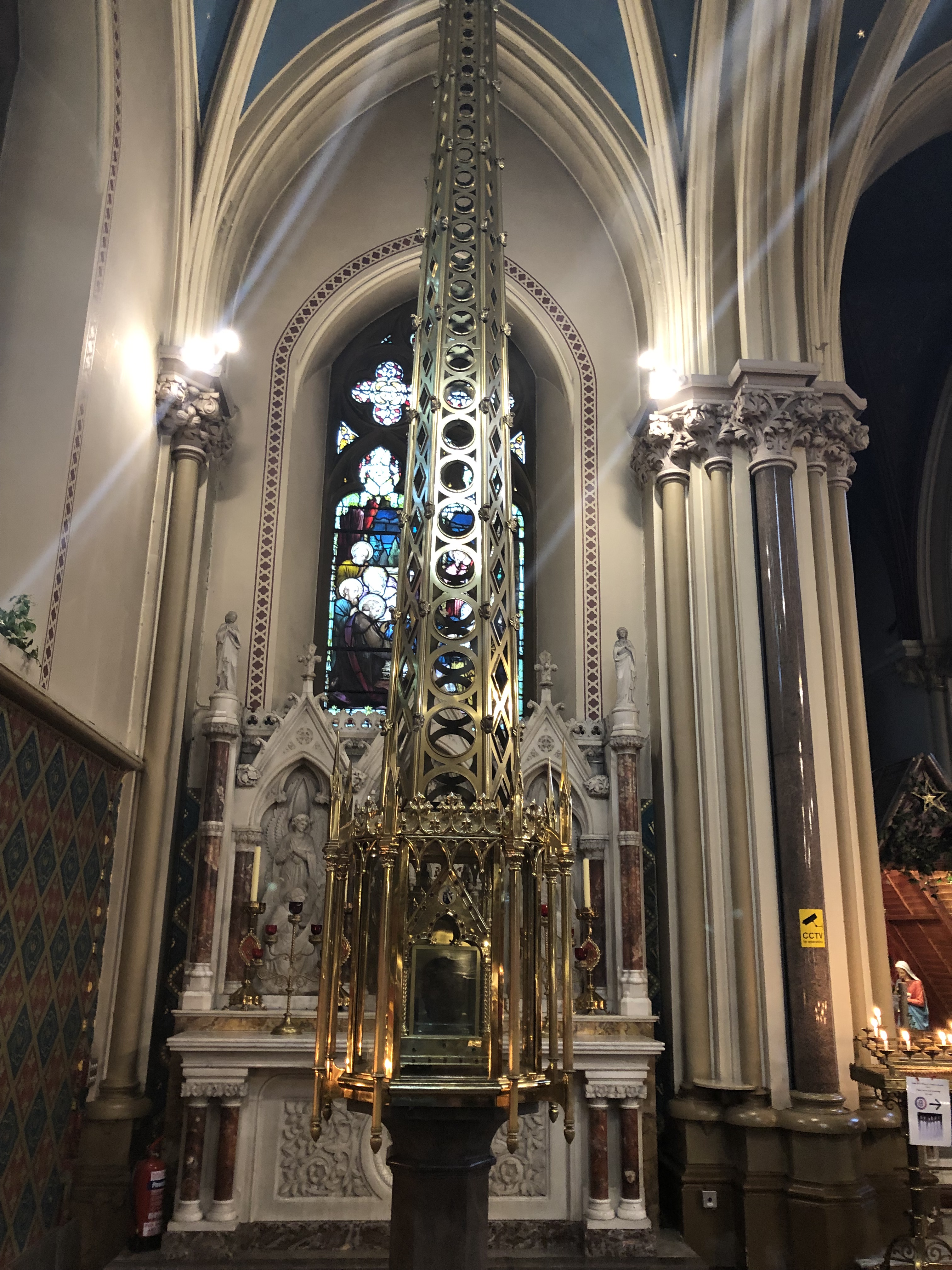
St Oliver Plunkett, Shrine
It seems I wasn’t the only child to be brought there on a school tour. It might not be the best visitor attraction in the country but there’s no doubt it’s memorable!
St Michan’s Church & Crypt, Dublin – also one of my favourites.
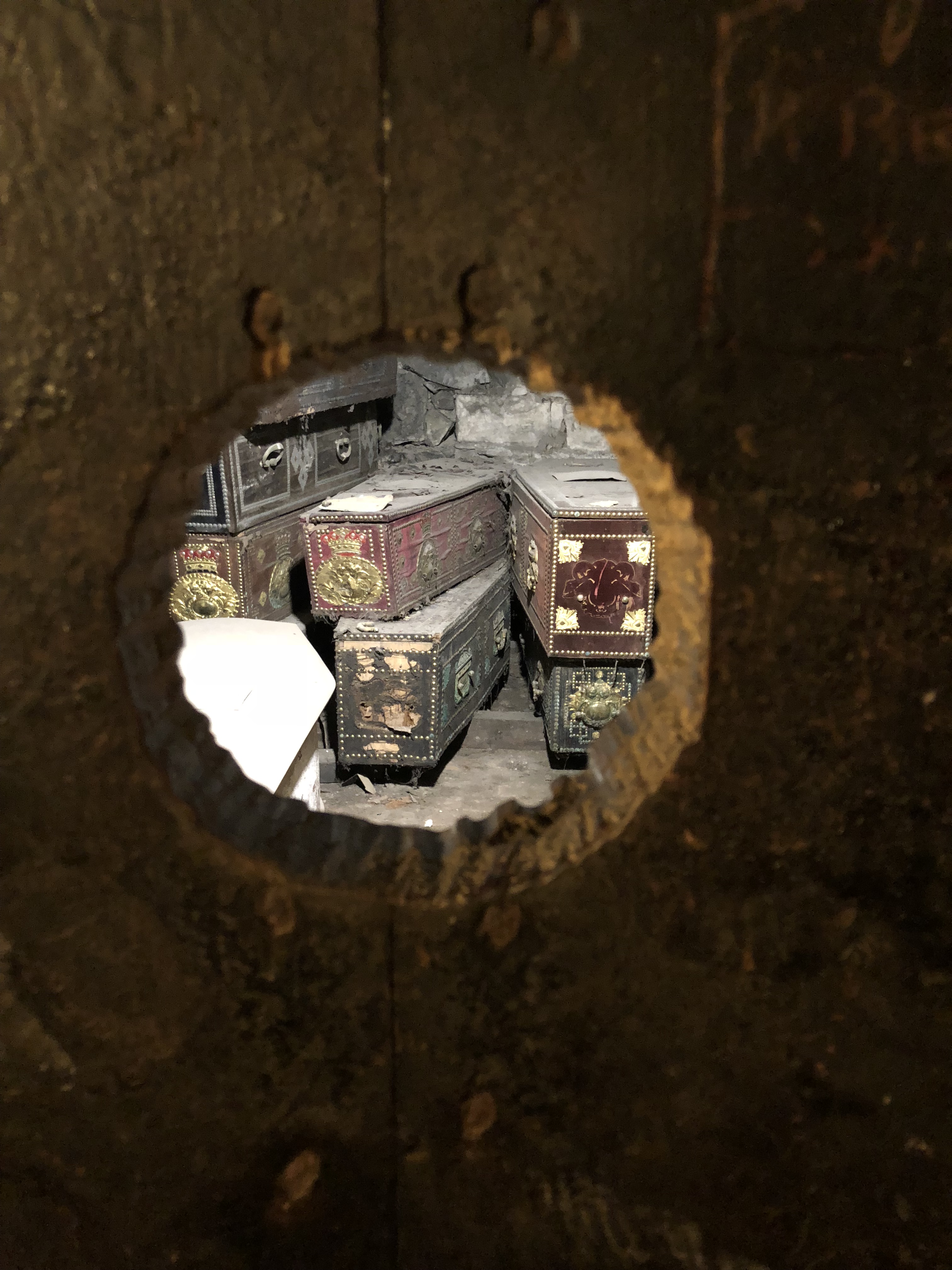
Visit the vaults under the church to see ornate coffins, the last resting place of some United Irishmen, some skulls and some mummified corpses (including a crusader and a nun) who have broken free of their coffins. Apparently some visits encouraged people to touch the crusader’s hand which seems like a very bad idea on some many levels. It’s not something that was encouraged on any visit I’ve ever made.
Carlow County Museum
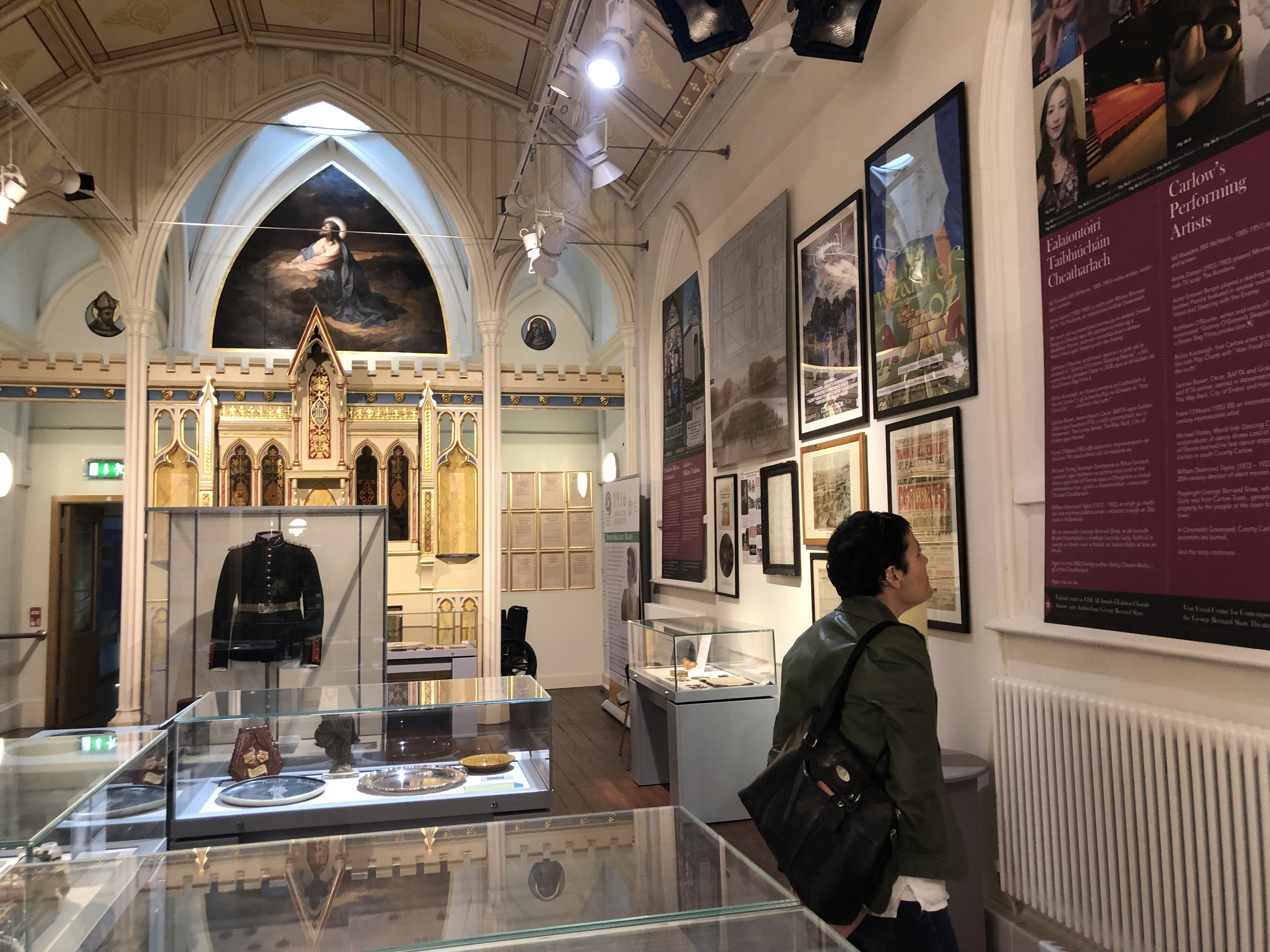
Housed in the former Presentation Convent this is a a great County museum – it was the prospect of seeing Kevin Barry’s cigarette butt that lured me there.
Cork Public Museum
Possibly the dullest name for a museum in Ireland, but there are all sorts of gems hiding behind the uninspired name. Unfortunately I didn’t photograph most of the gems so instead you get a figurine of Wolfe Tone looking remarkably like Marty Morrissey.
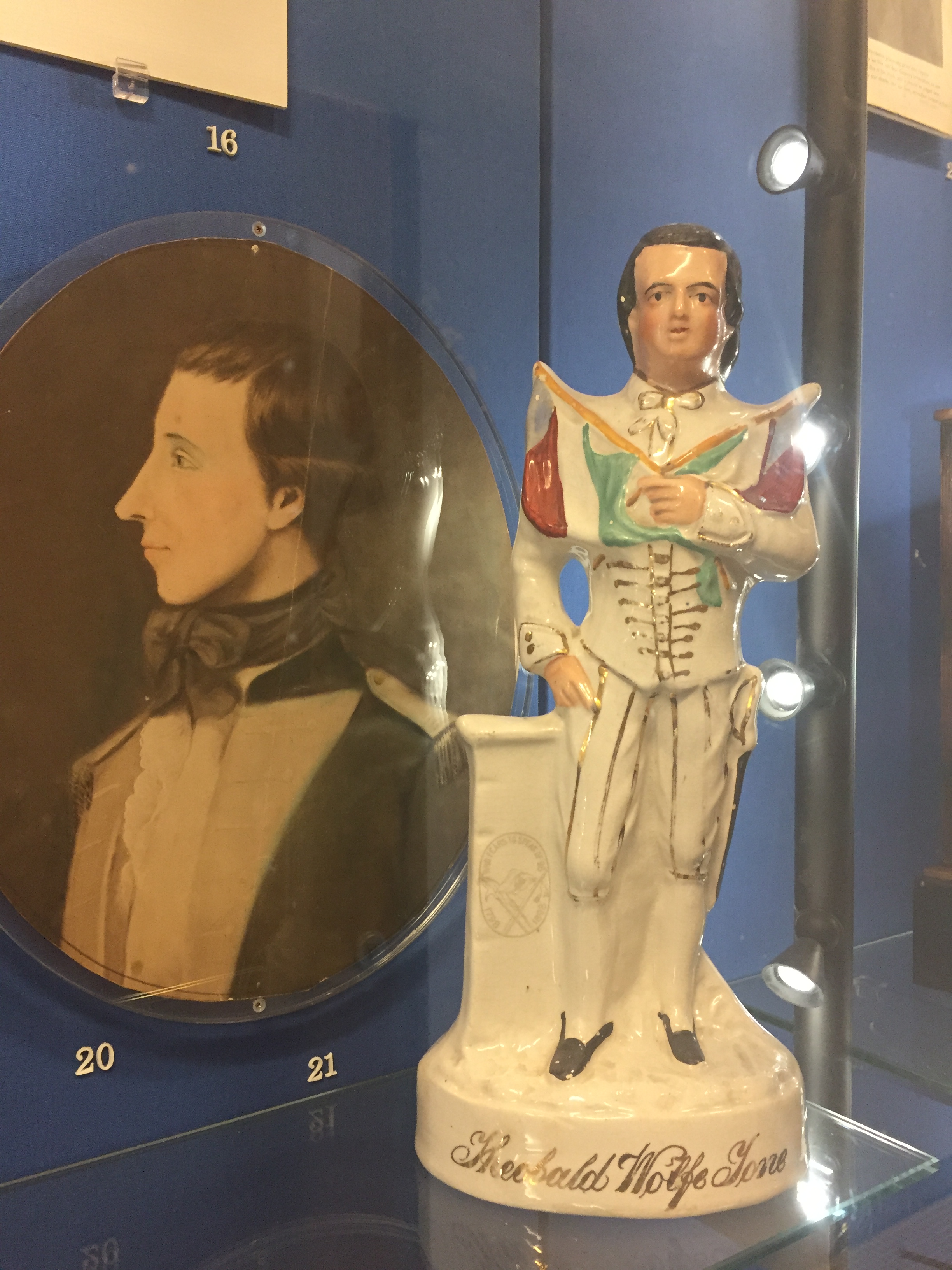
National Museum, Kildare Street, Dublin. Full of treasures (literal and otherwise). And the bog bodies which are amazing. I return time and time again to see them.

Shrine for the Bell of St Patrick
EPIC, Dublin. The Irish Emigration Museum is more an experience than a museum. Don’t visit expecting to see artefacts aplenty, but there’s some great interactives and visuals and a broadly positive spin on the Irish emigration experiences which is refreshing.

Abbeystrewry Famine Graveyard, Skibbereen, Co. Cork – the site of a mass grave containing the bodies of c.9,000 unnamed local people who died during the famine.
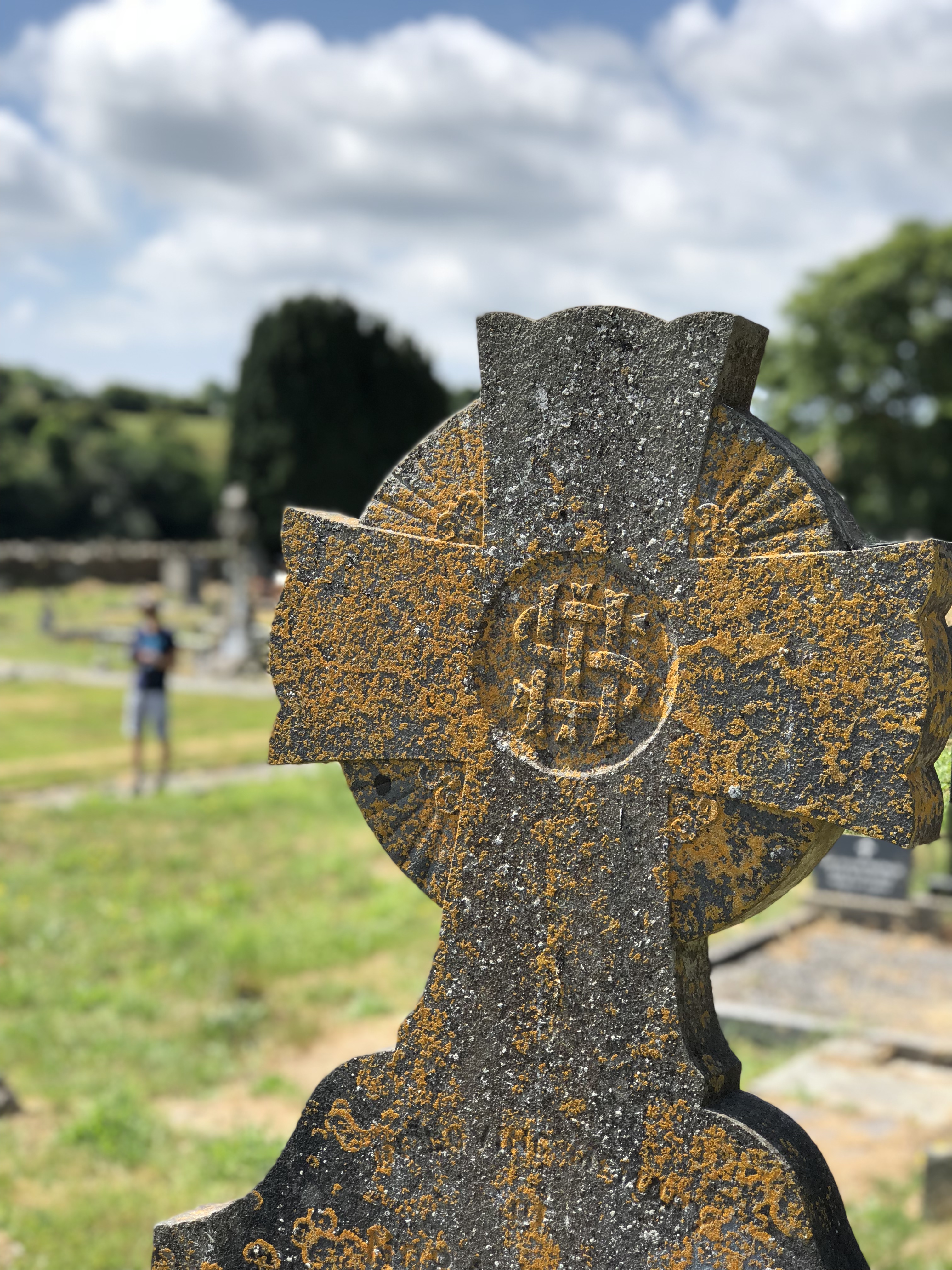
Newgrange, Co. Meath – I think the visitor centre is undergoing a transformation now (it was very jaded) so the full experience might not be available…though really it’s the passage tomb everyone goes to see and it’s definitely not being refurbished!
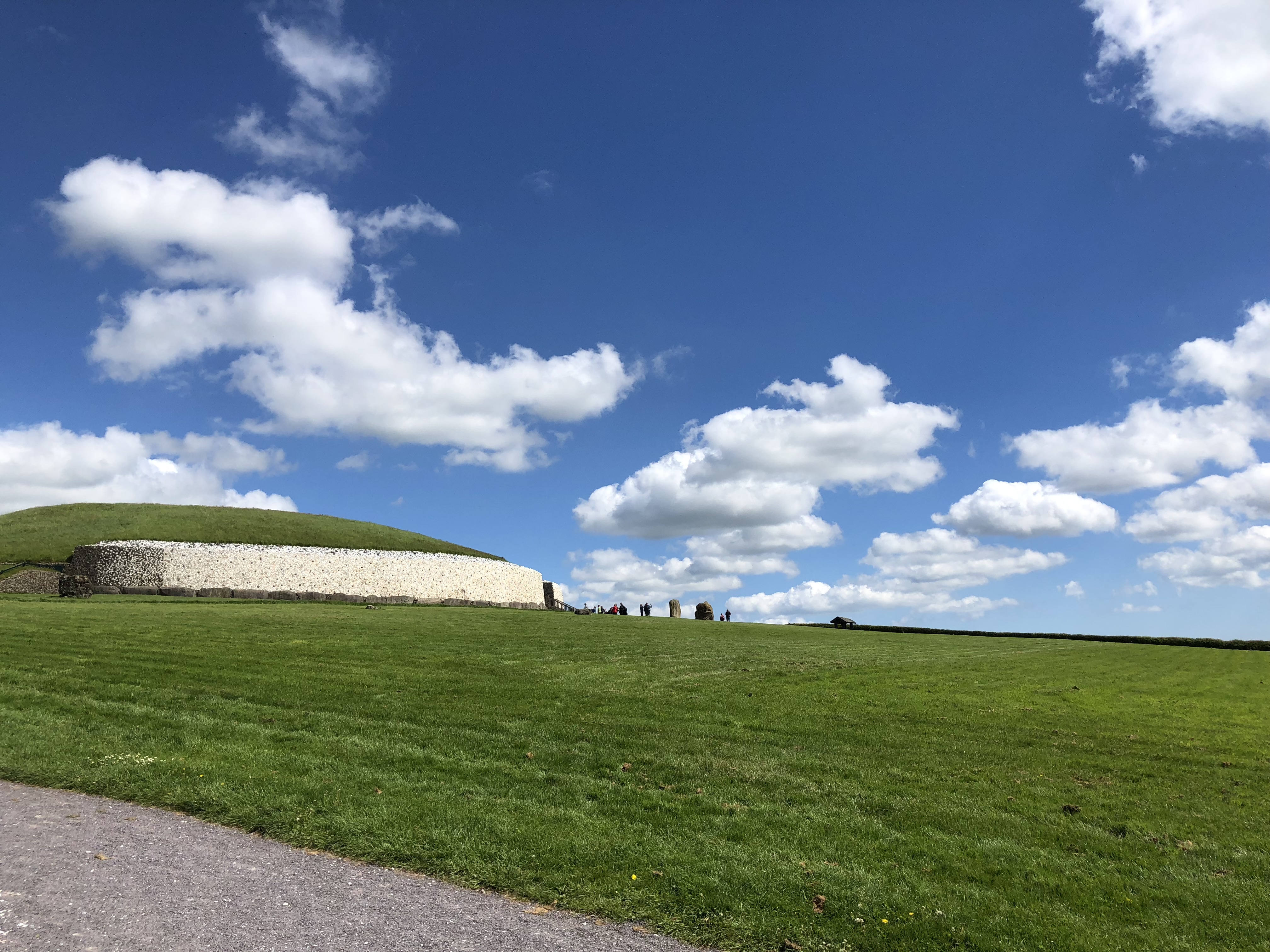
Famine Warhouse, Ballingarry, Co. Tipperary.

This is the site of the very short lived Young Irelander Rebellion of 1848. It’s rather disparagingly known as the ‘Battle of Widow McCormack’s Cabbage Patch’. It’s somewhat off the beaten track but worth a jaunt if you’re interested in the Young Irelanders (or what to try and find the ghost that allegedly lives upstairs).
National Gallery, Dublin
Always a gem, and in it’s new revamped version it’s even better.
